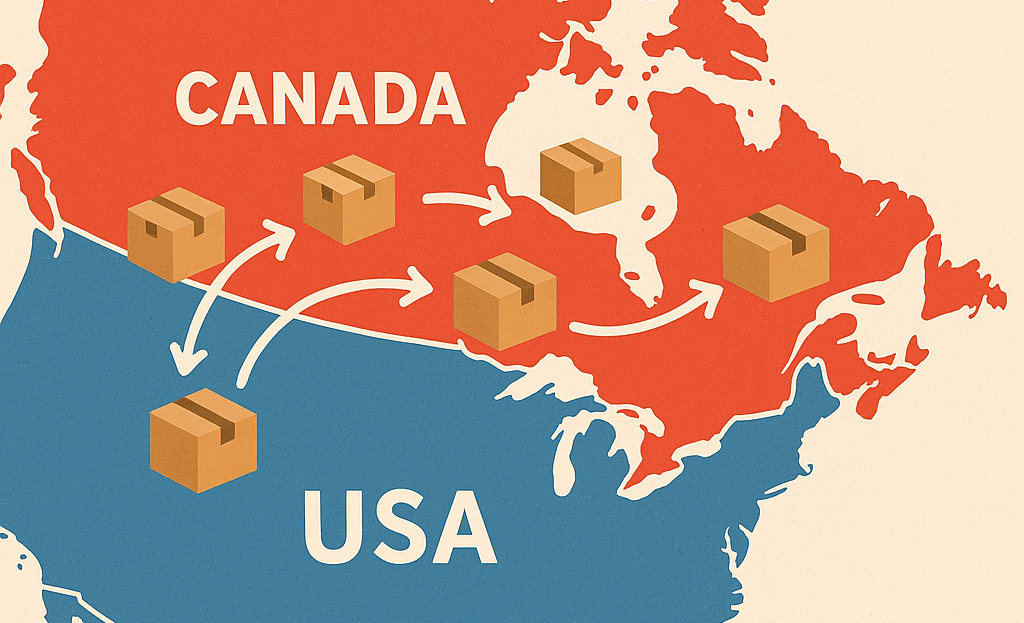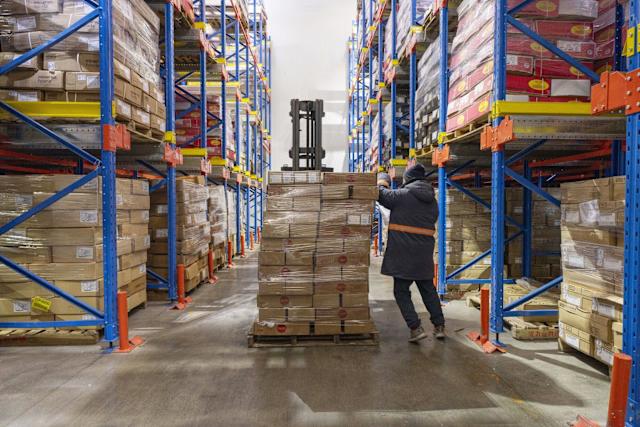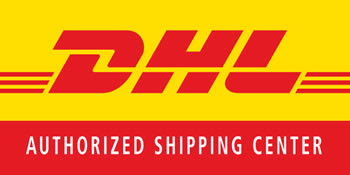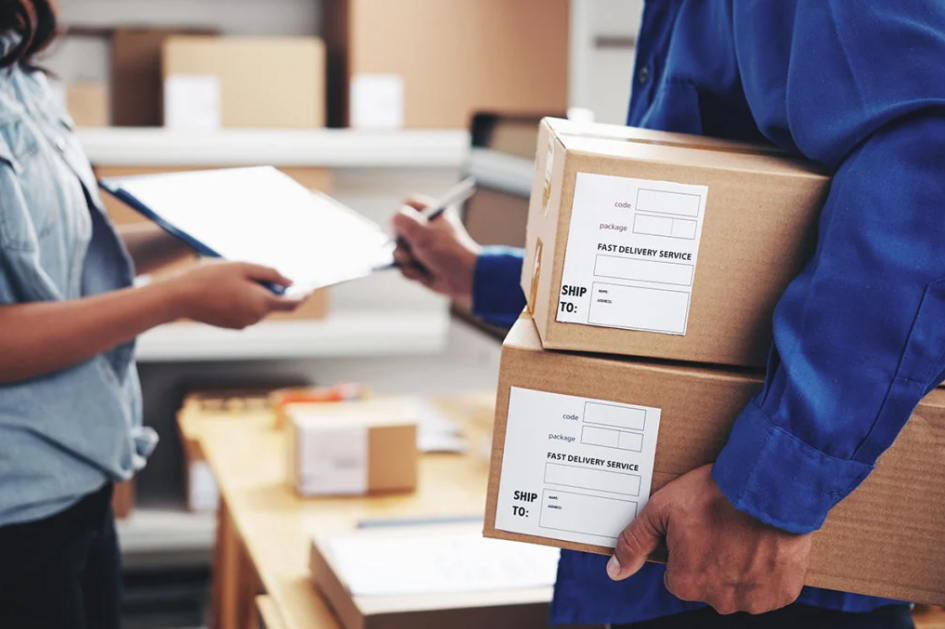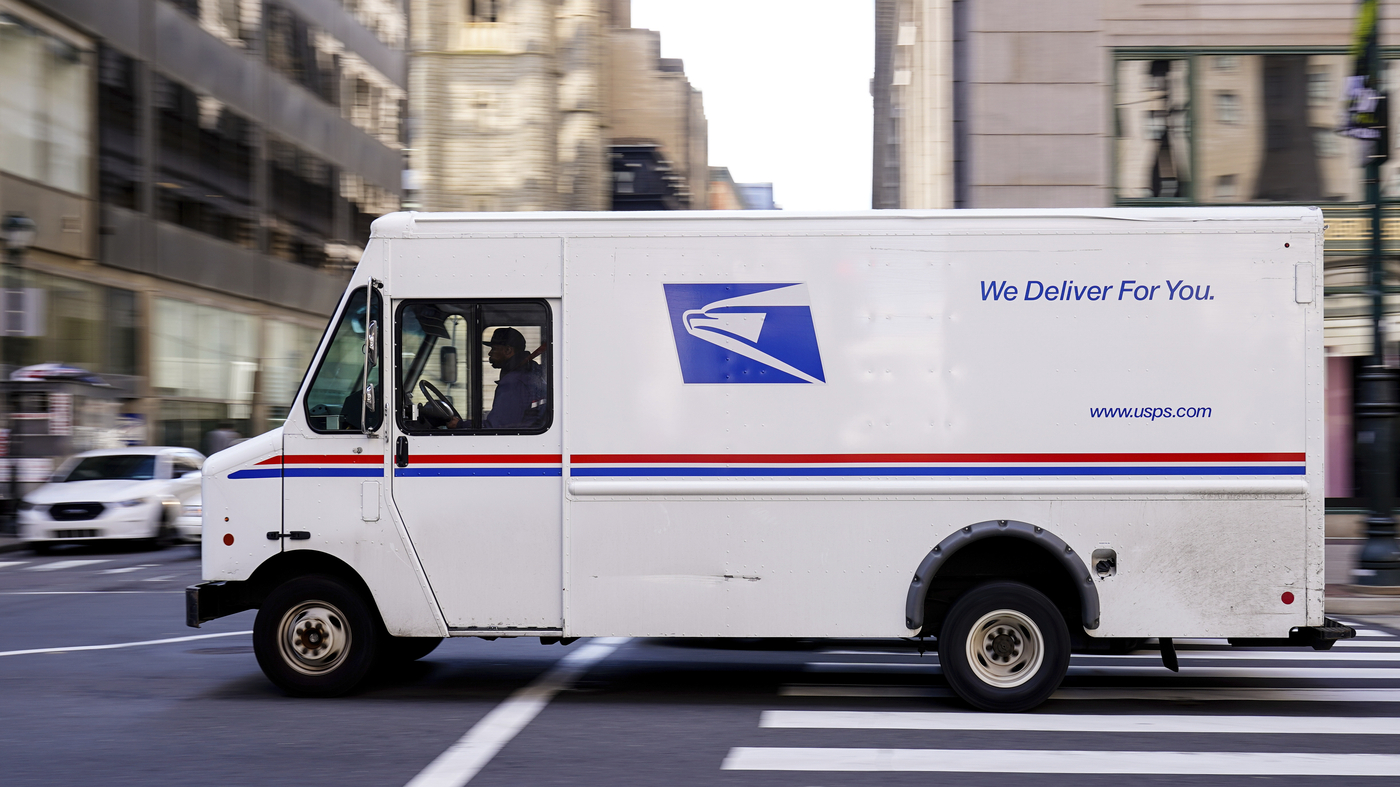
Small businesses often struggle to stand out against larger retailers with bigger budgets and faster shipping options. However, personalized shipping can level the playing field by offering a tailored customer experience that big brands often overlook. By customizing your shipping—from packaging to delivery updates—you create a unique connection that builds customer loyalty and differentiates your business.
Personalization in shipping goes beyond speed or cost. It includes branded packaging, personalized tracking, and flexible delivery choices that reflect your customers’ preferences. These elements make your business feel more attentive and trustworthy, encouraging repeat purchases and positive word-of-mouth.
Offering local delivery or collaborating with shipping services to provide fresh, timely shipments can also give you a competitive edge. By focusing on personal touches and convenience, your small business can thrive even when competing against larger retailers.
Key Takeaways
- Personalizing the shipping experience builds stronger customer relationships.
- Customized packaging enhances your brand’s visibility and trust.
- Flexible delivery options create a competitive advantage over larger retailers.
How Personalized Shipping Is the Key to Helping Small Businesses Compete with Big Retailers
Personalized shipping allows your small business to stand out by offering customers tailored delivery experiences that big retailers often overlook. This creates a stronger connection with your buyers, increasing the chances they will return.
You can customize elements such as packaging, delivery options, and communication. For example, branded packaging and personalized notes add a human touch that enhances customer satisfaction.
Offering varied delivery speeds or flexible time slots meets your customers’ specific needs. While many retailers focus on fast shipping, personalization lets you address preferences that matter more, like convenience or eco-friendly options.
Use technology to automate and scale your shipping personalization without adding complexity. Tools like AI-driven dashboards help you manage multiple channels efficiently and keep your operations smooth.
Here’s what personalized shipping can include:
| Element | Benefit |
|---|---|
| Branded packaging | Reinforces brand identity |
| Flexible delivery | Meets customer convenience |
| Communication | Builds trust with updates |
| Sustainable options | Appeals to environmentally conscious consumers |
By integrating these strategies, you turn shipping into a competitive advantage. Your ability to customize delivery experiences helps you build loyalty and compete effectively with larger retailers.
Leveraging Customizable Shipping Solutions
Customizable shipping solutions allow you to tailor delivery methods and timing to fit your customers’ specific needs. By offering options beyond standard shipping, your business can better meet expectations and create a stronger competitive position against larger retailers.
Providing Unique Delivery Options
You can differentiate your business by offering delivery options such as same-day or one-day shipping. Designated time slots let customers choose convenient delivery windows, increasing satisfaction and reducing missed deliveries.
Sustainable shipping options, like eco-friendly packaging or carbon-neutral delivery, appeal to environmentally conscious shoppers and help your brand stand out.
Using technology to allow real-time tracking and delivery adjustments gives customers more control and adds transparency, enhancing trust and loyalty.
Focusing On Customer-Centric Experiences
A customer-centric approach means understanding individual preferences and adapting your shipping methods accordingly. This can involve personalized notifications, flexible returns, or packaging choices.
By gathering customer data and feedback, you can identify trends to refine delivery options that truly address your market’s needs.
Exceptional customer support tied to shipping—quick responses about delays, alternative arrangements, or problem resolution—boosts overall satisfaction and encourages repeat purchases.



